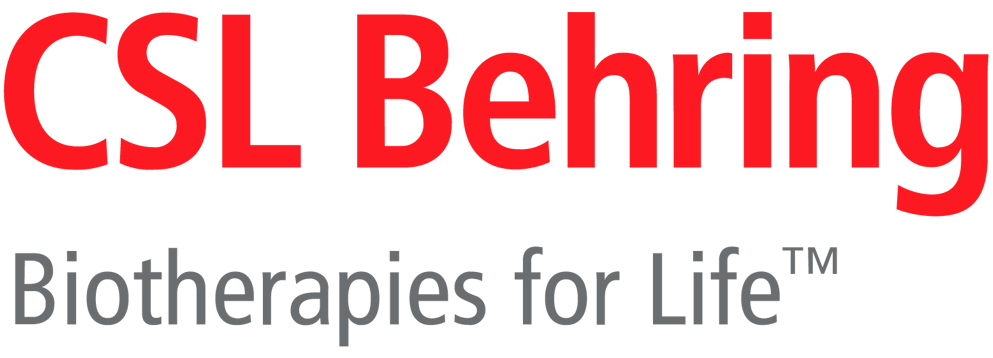Cutting delays in reversing anticoagulation after intracerebral haemorrhage: three key changes at a UK comprehensive stroke centre
Patients on vitamin K antagonists (VKAs), such as warfarin, who present with acute intracerebral haemorrhage (ICH) benefit from a rapid administration of prothrombin complex concentrate (PCC). The author cites a study demonstrating that reversal of the VKA’s anticoagulant effects within four hours results in reduced haematoma expansion, and may improve survival and functional outcome.1 There is an increasing incidence of ICH in patients who are on oral anticoagulation, due to its use for stroke prophylaxis in patients with atrial fibrillation. ICH in this patient population has a particularly poor prognosis, with up to 50% mortality.
These findings, coupled with the fact that door-to-needle time (DTN) was much slower in ICH than ischaemic stroke thrombolysis, prompted a review of departmental procedures. The intention was to retrospectively identify any barriers that prevented the rapid administration of PCC. Once potential points of delay were evident, a questionnaire was issued to all members of the British Association of Stroke Physicians (BASP) to determine whether these factors could be extrapolated throughout the country.
Of the 13 cases eligible for analysis between 2008 and 2010, key points of delay were identified, and were supported by the questionnaire responses (139/600 BASP members responded) as reflecting national practice. These delay points were:
- The time from CT scan and INR results being available to obtaining PCC (median 68 min; range 44 to 81 min). The main point of delay in this case was thought to be contacting the duty haematologist and receiving approval for PCC use
- The time between admission and the INR being available on the computer system (39 min; 29 to 60 min)
- The time from when PCC is ordered to when it is collected (18 min; 14 to 31 min)
- The time from when PCC is ordered to when the infusion is initiated (43 min; 15 to 63 min).
With these delays noted, service changes were implemented and were rolled out between 2010 and 2012. These consisted of:
- Agreed shared protocol to allow prescription of PCC by stroke physicians in these specific circumstances
- Point of care INR testing
- Relocation of a supply of PCC to the emergency department.
After the changes, median scan-to-needle time improved significantly from 127 min (111 to 208 min; n=12) to 58 min (50 to 91 min; n=23; p=<0.001), while DNT also improved significantly from 218 min (141 to 289 min; n=12) to 108 min (81 to 136 min; n=23; p=<0.001). There was an improvement in onset-to-needle time, although this did not reach statistical significance.
Prior to the implementation of the changes, 7/13 (54%) of patients received PCC within four hours; during the rollout, 16/19 (84%) were within the four-hour window, while all 23/23 (100%) met that target post-intervention. Some of the benefits may have been due to the department becoming a regional stroke centre, but six of the initial thirteen patients were treated after the step-up.
of interest
are looking at
saved
next event
Job number: KCT16-01-0010
Developed by EPG Health for Medthority in collaboration with CSL Behring, with content provided by CSL Behring.
Not intended for Healthcare Professionals outside Europe.

